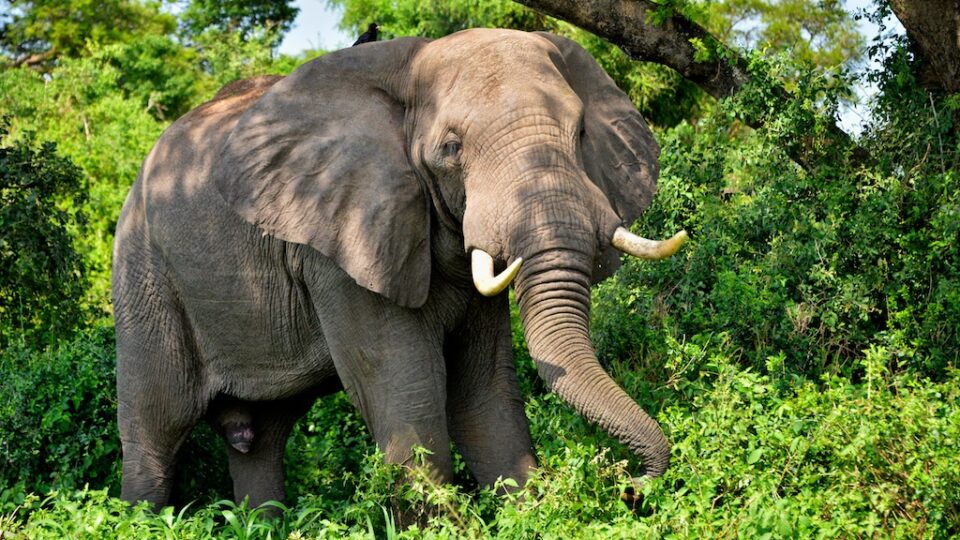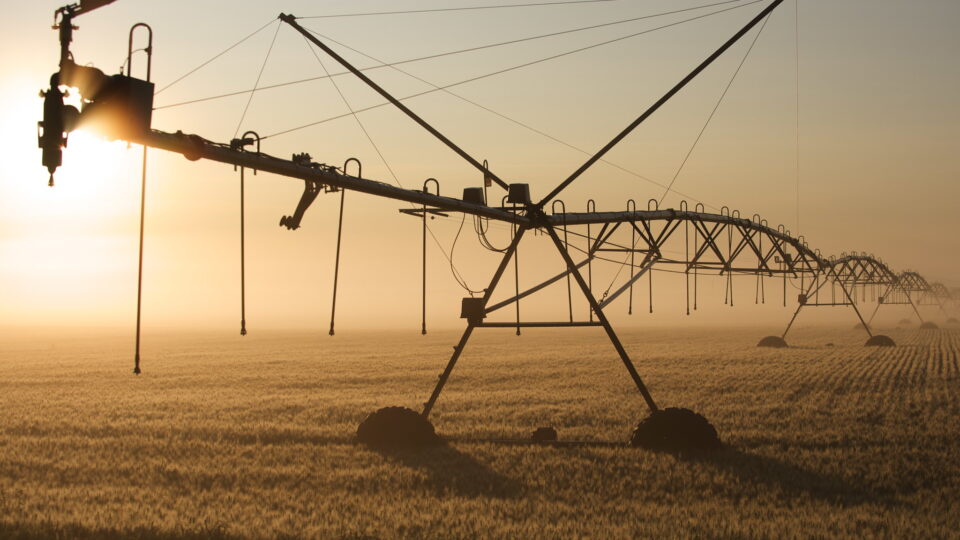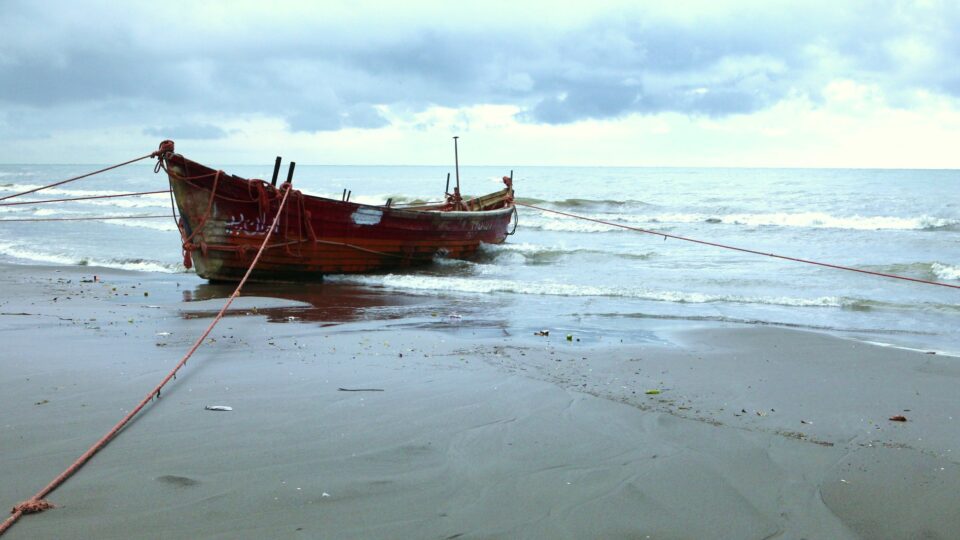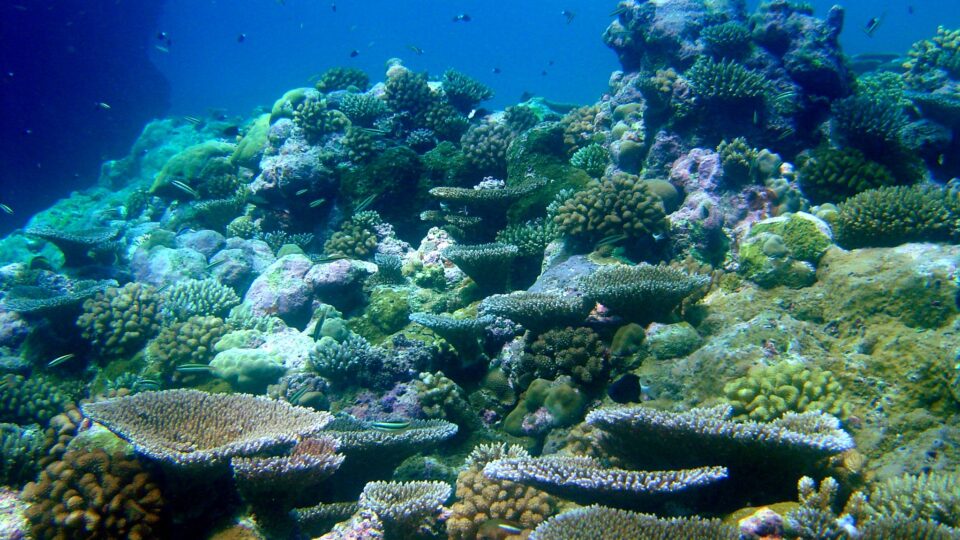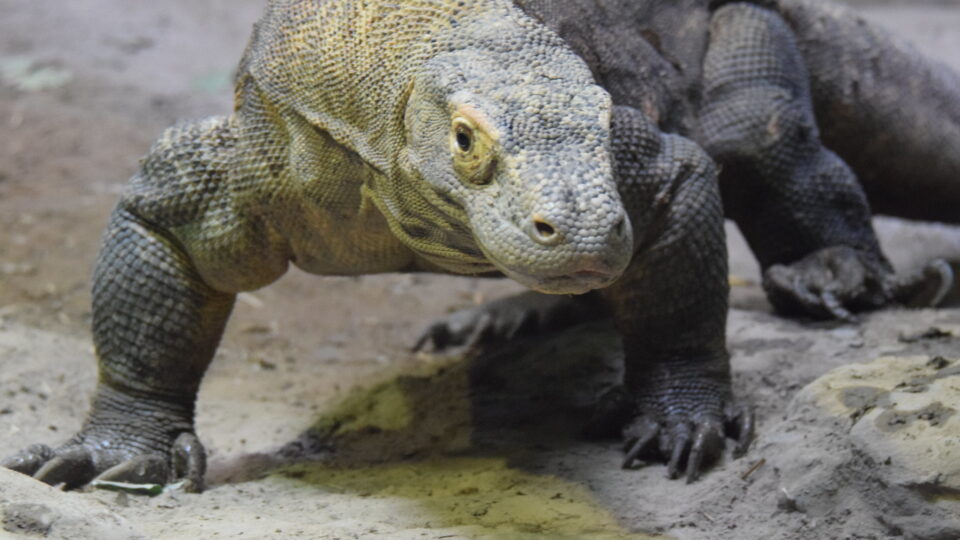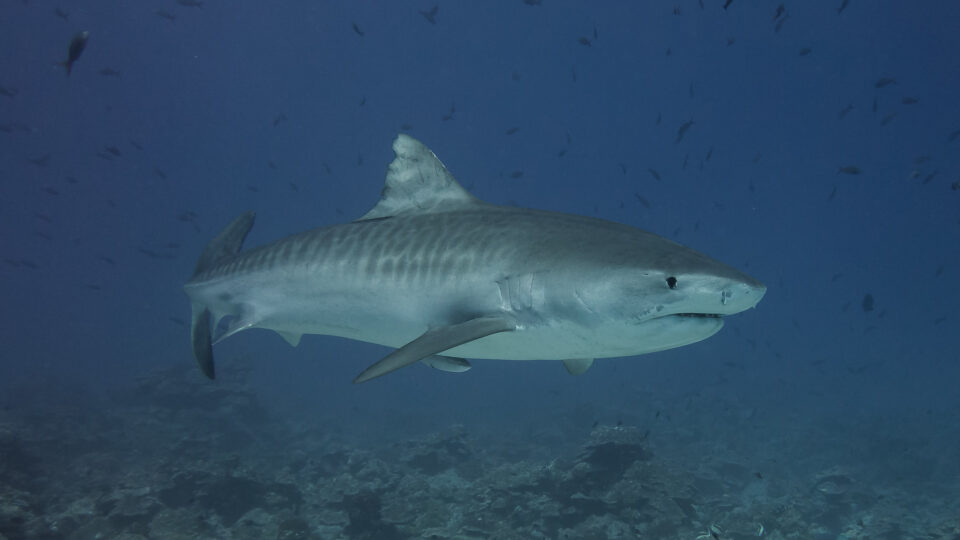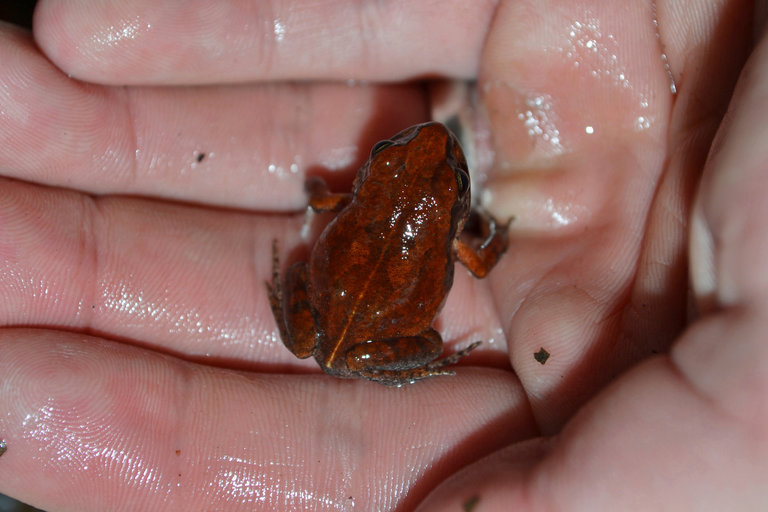The numbers of elephants, rhinos, and other animals in Uganda’s nature preserves is steadily improving, reversing the trend of steady declines previously caused by poachers, wildlife traffickers, and conflict.
Between the 1960s and 1980s, political conflict and lawlessness in Uganda led to massive declines in some species as poaching, trafficking, and encroachment ran rampant.
Uganda’s population of over 700 northern white and eastern black rhinos was completely wiped out in the early 1980s by people hunting them for their horns. A charity brought four rhinos in 2005 to a sanctuary called the Ziwa Rhino and Wildlife Ranch and, according to the Uganda Wildlife Authority, there are now 33 in the facility.
Increased conservation efforts have allowed the population of buffalos to increase 77% to over 44,000 since 1983. The number of elephants has surged almost 300% to nearly 8,000 over that same time period. There has also been an increase in the number of mountain gorillas in dense forests.
Over the years, the Ugandan government has brought in a string of conservation policies including lengthy jail terms for violations. As a result, wildlife populations have been on a steady recovery.
It is typical to think about species in terms of how close to extinction they are, but the ultimate goal of conservation is to recover species. This means not only gaining distance from extinction but also resuming a species’ role in its ecosystem and repopulating its former range. Whether the wildlife in Uganda is achieving this status remains to be seen, but the trends are very positive.
**********
Web Links
Uganda Sees Resurgence of Rhinos, Elephants, Buffaloes
Photo, posted September 15, 2014, courtesy of Rod Waddington via Flickr.
Earth Wise is a production of WAMC Northeast Public Radio
